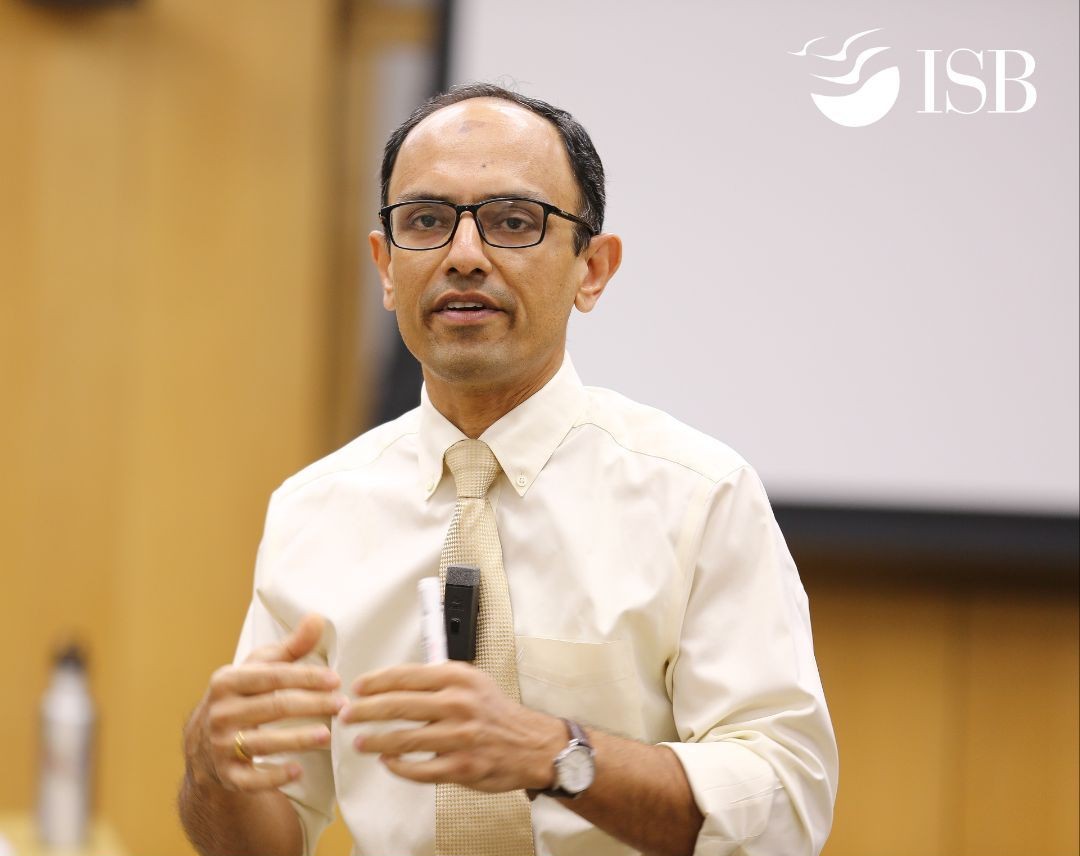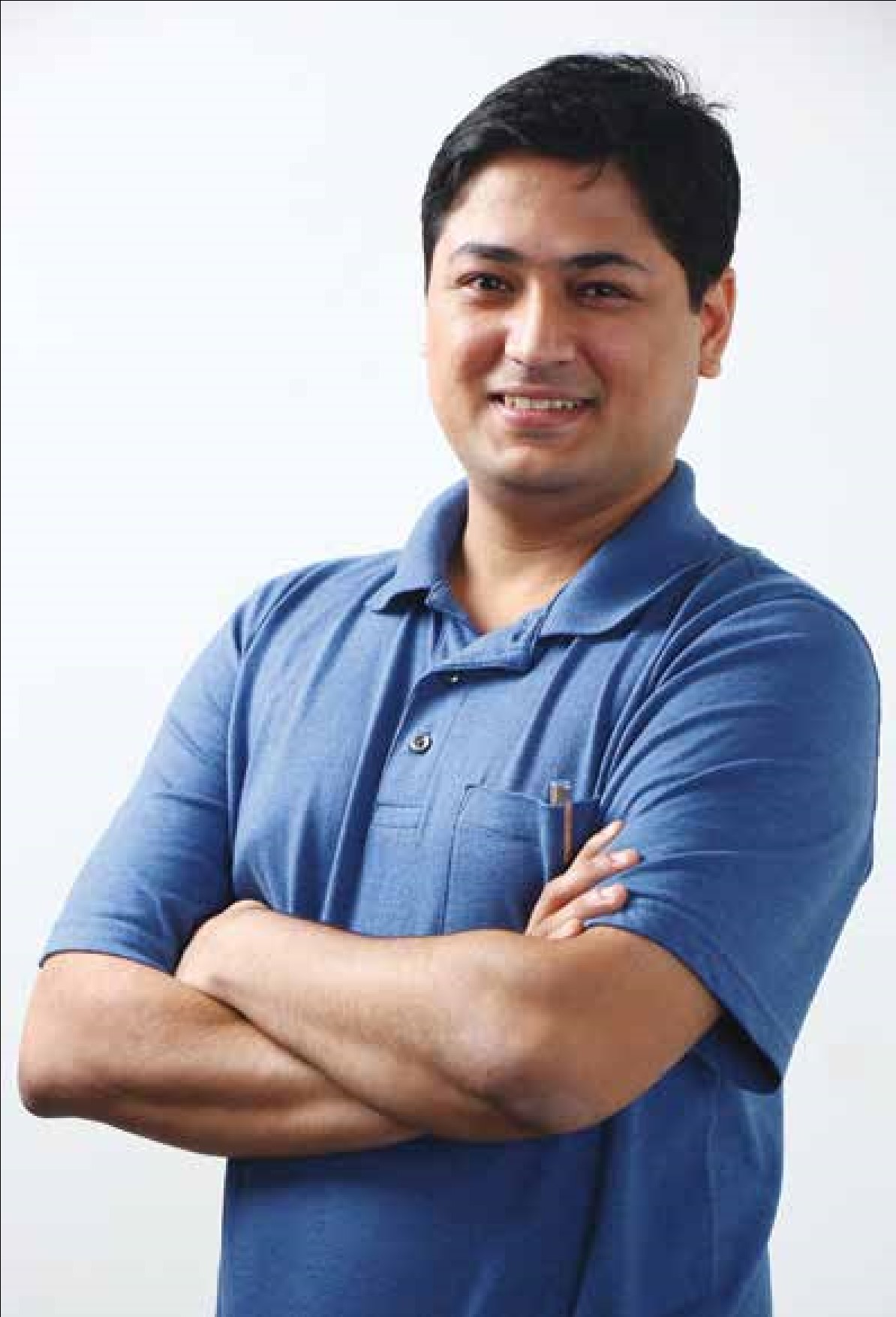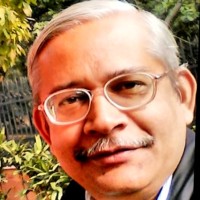Ph.D. Admission (Spring Semester 2025-26)
Live status of interview : via Google-Excel Sheet
Last updated on 21-Nov-2025 @ 6PM
Important announcement regarding interview:
Live status of interview : via Google-Excel Sheet
Last updated on 21-Nov-2025 @ 6PM
Important announcement regarding interview:

Speaker Name: Dr. Supriya Gupta (Lawrence Berkeley National Laboratory)
Date: 15-10-2025 (Wednesday)
Time: 2:30 PM
Venue: LC002
We are delighted to share that Prof. Ravindra D. Gudi, from the Department of Chemical Engineering, has been appointed as the Deputy Director (Finance, Infrastructure & Administration) at IIT Bombay.
Prof. Gudi has been an integral part of the institute’s academic and administrative journey, known for his vision, leadership, and commitment to excellence.

| Name | Date | Title of Talk | Venue | Time |
| Sudarshan Vijay | 09-10-2025 |

Speaker Name: Dr. Sarang Deo (Indian School of Business)
Date: 08-10-2025 (Wednesday)
Time: 2:30 PM
Venue: LC002

Speaker Name: Prof. Abhijit Chatterjee
Date: 01-10-2025 (Wednesday)
Time: 2:30 PM
Venue: LC002
We are proud to announce that Prof. Supreet Saini has been invited to join the editorial team of NPJ Systems Biology & Applications (published by Nature Portfolio) as an Associate Editor.
This prestigious appointment reflects Prof. Saini’s significant contributions to the field of systems biology, particularly in advancing the understanding of complex biological networks through quantitative and computational approaches.

Speaker Name: Dr. Ulhas K. Kharul (Genrich Membranes)
Date: 24-09-2025 (Wednesday)
Time: 2:30 PM
Venue: LC002